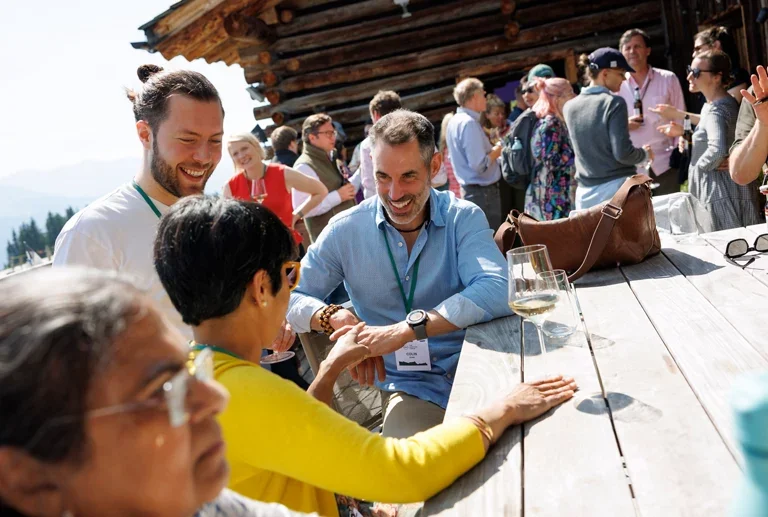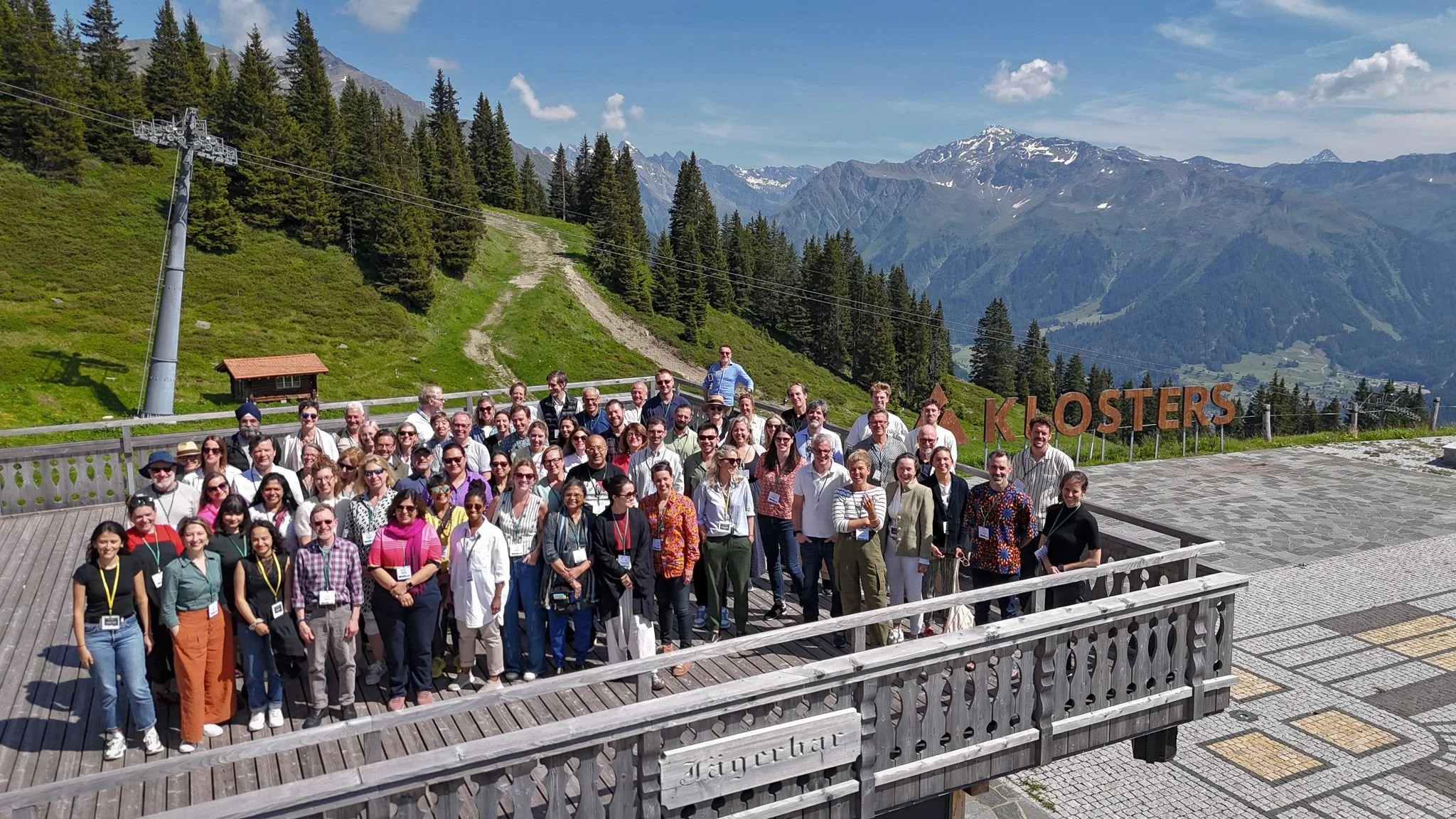The Klosters Forum 2025
Adapting to a Hotter World: What Our Evolution Can Teach Us
How do we prepare our bodies, societies, and cities for life on a heating planet? That was the question Dr. Colin Shaw tackled at this year’s Klosters Forum, where he joined architects, engineers, researchers, and investors to discuss how we can build environments resilient to climate extremes.
Drawing on insights from evolutionary anthropology, Shaw explored how Homo sapiens has always been an adaptive species — but warned that the challenges ahead will require more than just good genetics.
Take the ancient Mayans, for example. Around 250 BC, faced with drastic climate shifts and prolonged droughts, they didn’t just survive — they innovated. From raised-field farming to sophisticated water and forest management systems, their adaptation was swift, structural, and smart. It’s a powerful reminder that cultural change has always been one of humanity’s most potent survival tools.
At Klosters, Shaw made the case that today’s climate crisis is no different in scale — but perhaps more urgent than ever. “For humans, there’s a multi-faceted way of adapting,” he explained. “You should probably think about how cities can adapt in this way too.”
The Layers of Human Adaptation
Our species doesn’t just rely on slow genetic evolution. As Shaw described in his talk (based on his recent publication with Dr. Danny Longman), humans adapt on multiple levels:
Behavioural and physiological adaptation — from putting on a jacket when it’s cold to sweating when it’s hot.
Phenotypic plasticity — longer-term physical and behavioural shifts, like increasing fitness or adjusting stress responses.
Epigenetic inheritance — when resilience developed in one generation (e.g., due to early life hardship) subtly carries over to the next.
Natural selection — the rarest but most dramatic form, where advantageous genes spread over generations.
This tiered system has helped humans stay stable in unstable environments — whether through evolved oxygen efficiency at high altitudes or innovations in shelter, clothing, and food. But modern life, Shaw warned, is throwing us out of sync.
The Environmental Mismatch
“Industrialisation has created profound environmental mismatches,” Shaw said. “We now live in spaces our bodies weren’t designed for — with chronic stressors like pollution, heat, and noise undermining health and long-term resilience.”
The solution? Build cities that not only reduce harm but actively support human biology.
That means microclimate design — tree canopies, green roofs, water recycling, and smarter HVAC systems. It also means thinking about how the built environment influences our immune, cognitive, and physical function. In short: the more complex our solutions, the more resilient we become.
“If you are more complex, you’re more resilient. You have more tools to defend and rebuild yourself,” Shaw said.
From an evolutionary standpoint, we already have the blueprint. Now, the challenge is applying it — urgently and creatively — to the world we’re remaking.
As Dr. Shaw put it, adaptation isn’t just a biological process. It’s a cultural project.
You can read the full write-up of Colin’s appearance at The Klosters Forum here: Keeping Pace with Climate Change: Human Adaptation





